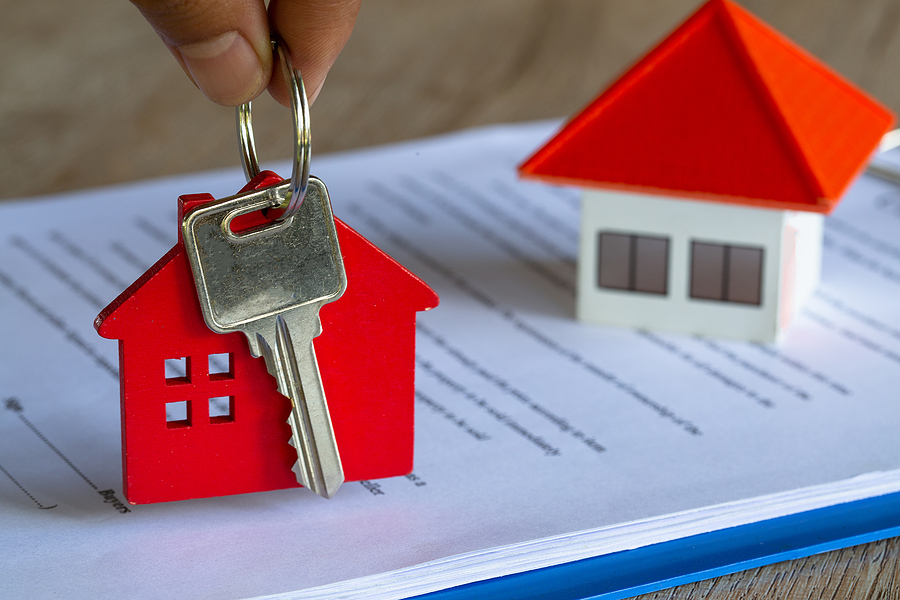The buyer and seller agreeing to a price for a house is both an end and a beginning to the house-buying process, but between that price being agreed and the contracts being exchanged is a complex, interlocking legal apparatus that serves to protect both buyers and sellers.
This process, often collectively known as conveyancing, is where a lot of the delays can emerge within a property chain, as multiple surveys need to be carried out, paperwork needs to be filled in and many different organisations get involved with estate agents.
One of these organisations is the mortgage provider, which unless a buyer is paying with cash is going to be the primary source of income for purchasing the house.
They will put plans into motion for their own survey of the house to ensure that it is worth the price the buyer is willing to offer.
This is to ensure that, in the case of a buyer having to default on their mortgage payment, the lender would be able to get their money back through repossession and selling the home.
However, if the mortgage provider believes the home is worth less, that can lead to a situation known as a “down valuation”, and typically means they will refuse to lend the full amount.
Typically, these happen either because the seller has overestimated the home’s value, previously unknown problems are flagged in their surveys, or simply because the housing market as a whole has lowered since the start of the buying process.
As a result, the lender will either offer you a proportionately lower sum for the mortgage or simply withdraw the offer entirely.
At this point, the seller has a few options. One is to negotiate a lower price offer, which if the issues noted are too severe to easily fix might be the best option as it will be something flagged up when other people try to buy.
An alternative option is to challenge the down valuation, as in some cases survey overestimates the effect additional future work would have on a down valuation.





